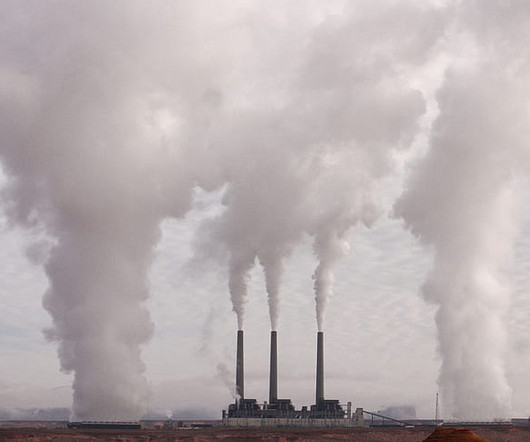The Supreme Court’s Latest Decision Is a Blow to Stopping Climate Change
Union of Concerned Scientists
JULY 3, 2022
is a serious blow to the EPA’s ability to fight climate change—and could have dangerous repercussions beyond this case. The timing of the decision feels especially harsh, as the nation is in the throes of the “ Danger Season ” for hazards such as heat waves, drought, wildfires and hurricanes, all worsened by climate change.














Let's personalize your content